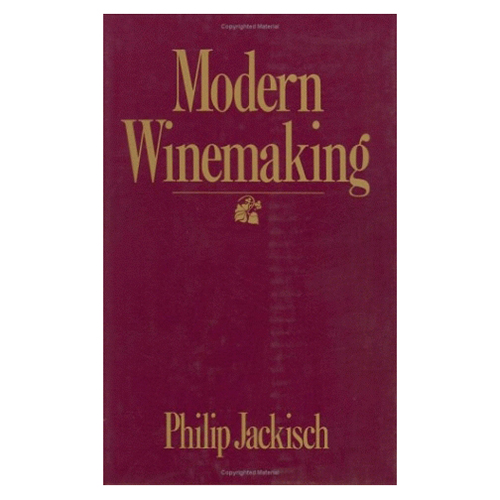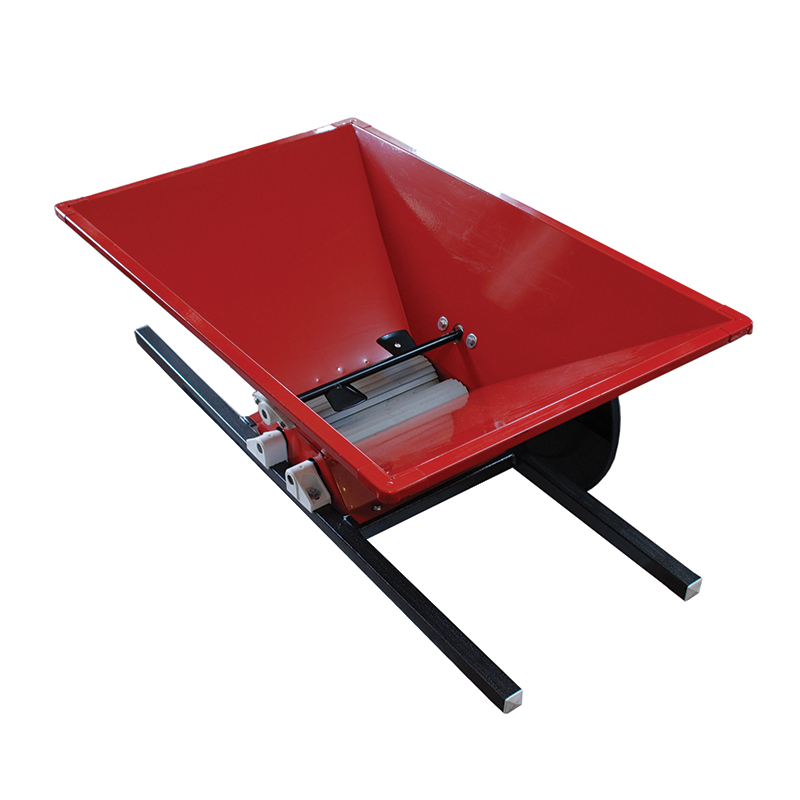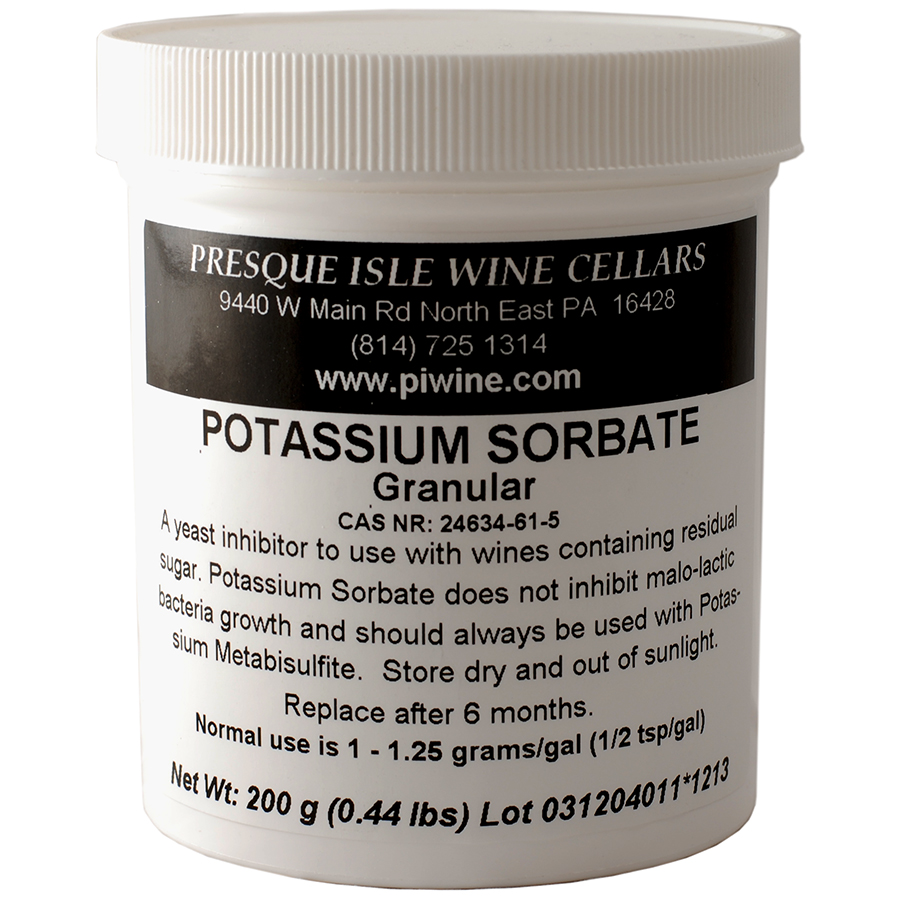Beginner's Home Wine making Checklist
See PDF Version of this Content HERE
What equipment do you need to make wine at home? Both the choice of equipment and the vocabulary of wine making may seem confusing to the beginner. Presque Isle Wine Cellars has you covered with a variety of resources that will assist you in mastering the home wine making process and have you fermenting your own wine at home in no time. Reading our wine making supply catalog or browsing our online supply store will help improve your vocabulary of wine and wine making terms, as will our Glossary of Home Wine making Definitions and Tips.
The following Wine making Equipment Basics may help you choose from among those wine making supply products which are necessary, those which are desirable, and those that are simply nice to have.
Basic Information
We strongly recommend that you use a book; it will be your best investment as a beginning winemaker. Our own PIWC Beginner's Book of Winemaking is a good and sufficient primer. For more complete books on the wine making process, we recommend Grapes into Wine, by Philip Wagner or the more technical Home Winemaking Step by Step, by Jon Iverson. There are many other texts available which will provide you with the needed background to begin making your own wine at home.
Basic Equipment
One of the most important ingredients is the raw material you choose to make the wine from. Grapes, fruit, and concentrates are the typical materials that beginning home winemakers will make their wine from. We much prefer grapes, but there are many fruits that can make exquisite wine, as well. If you start with your own fruit, you will need a crusher and press. Since they are an expensive investment, we suggest borrowing or renting one until you are sure home wine making is for you.
Presque Isle Wine Cellars rents grape crushers and presses to those close enough to visit us at our winery. We provide on-site use of them free of charge to those who purchase their grapes from us.
However, you won't need a crusher or a press if you choose to begin with juice or concentrate. We offer fresh grapes and juice from local vineyards at the winery during the fall harvest, typically from mid-September through October. A new product since 2013, we offer fresh Italian Juice Pails at the end of our fall harvest. We also offer fresh Chilean Juice Pails in the Spring, typically in late April. Most recently, we began offering Spanish Juice and Must- frozen in Spain, available year round and available to be shipped to your door.
We also offer a wide assortment of fruit and grape concentrates for wine making which are desirable when fresh grapes and juice are not in season, and to acquire juice from regions that otherwise may not be available to purchase at a location near you. Wine making with concentrates can result in exquisite wine that, with the right care, can even win awards and medals in home wine making competitions. More so, concentrates are available year round- so if you find room in your wine cellar, you can always fill it with fermenting wine from a quality wine making concentrate kit.
Other essential items are covered below. Beginners are urged to consider a Home Wine making Equipment Kit that combines all the basic equipment you will need to make wine at home into a convenient and economical package.
Containers
Five gallon glass water jugs (carboys) are the preferred container to ferment your home made wine. They are easy to clean and don't deteriorate in storage or interact chemically with the wine. You will also be able to easily observe the wine fermentation. Three, six and seven gallon carboys are alternatives. One gallon jugs require more care because of the risk of oxidation. Beer kegs also make good containers. Plastic containers should be used only for short term storage because of their permeability to air.
Wine Barrels can impart wonderful characteristics and oak flavors to your wine but are quite expensive and small size wine barrels (less than 30 gallons) offer some problems - they may leak, evaporation losses may be 10% per year , and with small barrels the surface area to volume ratio is too high. Most amateur winemakers should avoid wine barrels unless you can take the time to care for them properly, have room for and can handle larger sizes, and are willing to make the sizable investment to purchase them. The use of barrel alternatives such as Oak-Mor or wine making oak chips is a quite reasonable and economical alternative to barrel aging that is used successfully by many home wine makers.
Air Locks
Air locks used in wine making let gas escape from your fermenting container, but shield the wine from harmful atmospheric oxygen. They work like a sink trap. Air locks should be used with a rubber bung to fit the opening of your container. Tapered corks or rubber caps may also be used with them. There are also screw cap lids for gallon jugs which will effectively hold an air lock.
Chemicals
Yeast
Packaged wine yeast strains offer several advantages over the wild yeasts normally found on the fruit, namely the ability to ferment at cooler temperatures, greater alcohol efficiency and more compact less easily disturbed lees. Several different strains with similar, but slightly differing characteristics are stocked. They are quite inexpensive. Because there are a wide variety of wine making yeasts available, first time wine makers may need assistance in choosing the best strain for the grape/ fruit used. Home winemakers new to wine making can reference our Wine Yeast Selection Chart to help determine which yeast should be used. If you need further assistance, Ask Doug or call us at 814-725-1314 and we would be happy to give you guidance.
Cleaning and Sterilizing
Sal Soda (washing soda) is very efficient in cleaning and sterilizing your wine making equipment and supplies. We stock it now that you can no longer get unscented material in a grocery store. Commercial wineries often use proprietary alkaline cleaners based on sal soda and tri-sodium phosphate. The use of regular detergents is ok, but you may have a lot of suds. Carboy and Jug Brushes are good for reaching into odd corners to reach difficult soils in carboys and other fermentation containers. Sodium hypochlorite (laundry bleach) can be used to sterilize inert materials, but a solution of potassium metabisulfite in water is better to use before bottling.
Instruments
If you purchase grapes or juices or a concentrate kit from us, we will provide you with the sugar and acid readings of the juice so you won't have to purchase any instruments to conduct these readings yourself. Otherwise, you will need a hydrometer and often an acid test kit. A Free SO2 test kit will also be quite helpful. Other instruments provide interesting data, but aren't as critical in helping the home wine maker make better wine.
Transferring Wine
During the wine making process it will be necessary to transfer your wine between containers in a practice known as racking. To prevent unnecessary agitation and aeration, wine should be siphoned, not poured. You will need about five or six feet of food grade plastic tubing or a PIWC Bottling Siphon or similar apparatus to effectively rack your wine into another fermentation container. You may also need an extra carboy or container for this step.
Clarifying
Removing impurities and suspended solids from your wine is essential to producing a clear, appealing looking home made wine. Time can be a potent and economical clarifying agent if you have the time and patience to let your wine settle naturally and rack it two or three times. Clarfying agents such as Bentonite or Sparkolloid will help clear your wine much faster and more thoroughly than just settling. A filter is convenient and can produce stunningly clear wines in a shorter time, but is a significant investment and is not necessary for most home winemakers.
Bottling and Storage
Our PIWC Bottling Siphon is handy, but a plain piece of tubing will do, with or without a valve, to bottle your wine in small quantities. Gallon jugs can be used if your family and friends consumes a lot of wine, but most will find the 750ml bottle more practical. We carry wine bottles for you to purchase, but home winemakers can save money by saving and re-using empty bottles that contained your store bought wine. In this case, the Labelnator can come in handy to easily remove the labels from your empty wine bottles. Avoid using bottles with bastard threads or with flared necks too short to properly seat a cork. Use corks if more than a year of bottle aging is likely, otherwise you can use 28 mm screw caps or plastic top corks (T-corks). You will need a corker to insert the regular wine bottle corks.
Ideal Cellar Conditions
Ideal conditions include cool and even temperatures, protection from direct sunlight, fairly high humidity and freedom from foul odors. The perfect facility is hard to come by, but it will pay you to try and come as close as you can. If nothing else, insulate a corner of your cellar and try to avoid areas where temperatures exceed 80 degrees Fahrenheit.
RETURN TO WINEMAKING 101 BROWSE ALL OUR WINEMAKING SUPPLIES




